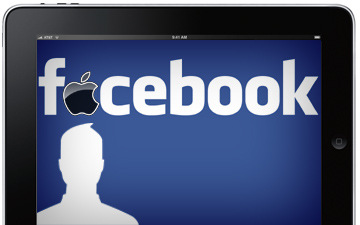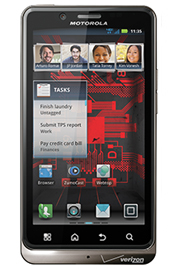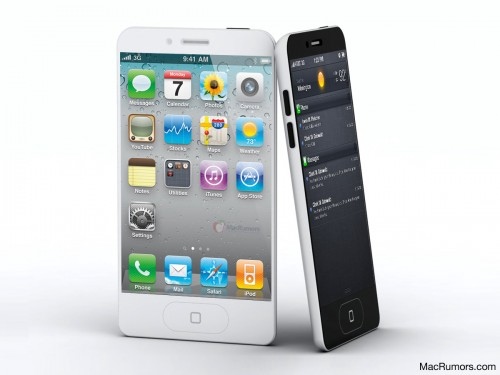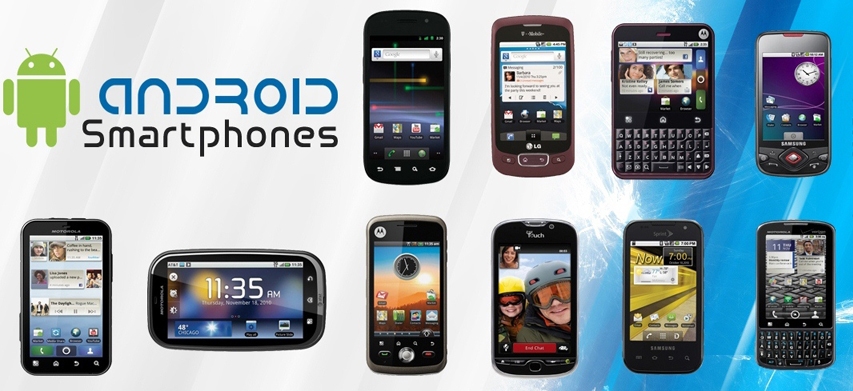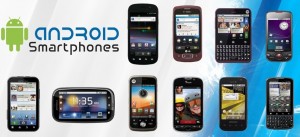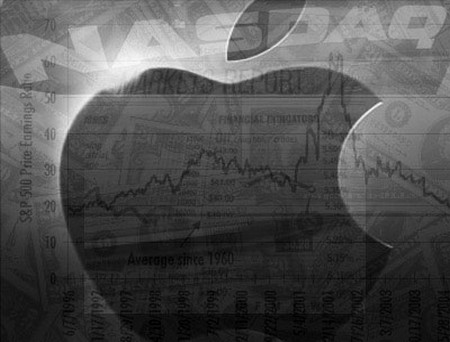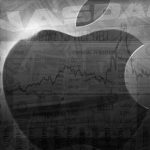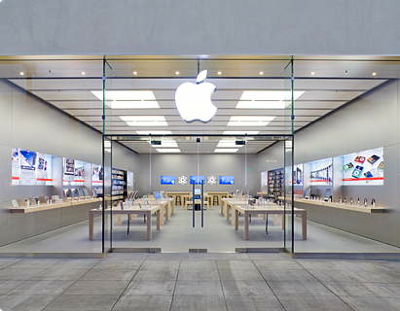The Wall Street Journal: “More fizzle than pop.”
The Los Angeles Times: “An evolution, not a revolution.”
The Washington Post: “It wasn’t exactly blowing my mind.”
FoxNews.com: “Lunch-bag letdown.”
Business Insider: “A huge disappointment, or just a regular sized disappointment?”
Analyst Roger Kay: “Underwhelming.”
People, please. There’s nothing wrong with evolution. Without evolution, we would still be apes. (Insert your own snide comment here.) Apple obviously thinks the new iPhone 4S is evolutionary. Otherwise Apple would have given it a new name, like, say, Shebang, or Razzmatazz, or maybe even Five.


But Apple’s new iPhone 4S is the same old iPhone 4 in the same way that a new Tesla Roadster is the same old Lotus Elise. Physically, they’re both sleek and sexy. Under the hood, though, the new model is revolutionary.
Not because of the dual-core processor. Other smartphones already have dual-core chips. Dual-band world phone? Faster upload and download speeds? Fancy camera and high-def video? Others have been there, done that.
No, the iPhone 4S is revolutionary because of Apple’s software, specifically iOS 5, iCloud, and Siri.
Disclaimer: I have not reviewed the iPhone 4S and have no idea if it works as advertised beyond the boundaries of Building 4 on Apple’s Cupertino campus. Apple stresses that the Siri personal assistant software is still in beta mode, even now, a week before the iPhone 4S goes on sale. But if the software does work in the real world, it’s a change as profound as replacing gasoline with electricity.
What is the future of the personal computer interface? Voice and gestures, not keyboards and mice.
Apple patented the capacitive multi-touch interface it introduced with the original iPhone. It included a gyroscope in the iPhone 4, transforming gameplay but also opening the way for new gesture controls. And now, with Siri (and backed by the new A5 and digital signal processors), Apple has added natural language voice control to the computer in your pocket.

Remember the scene in one of the Star Trek movies where a bemused Scotty tries to control a 20th century computer by talking into a mouse? Seriously, does anyone doubt that our grandchildren will operate computers by voice?
Yes, Android phones introduced voice commands a while back. But from the day when Steve Jobs first walked through Xerox’s Palo Alto Research Center (PARC), Apple’s true genius has been to seize nascent technologies and make them so simple and elegant that they catch fire. Did Apple invent the MP3 player? No. Did Apple invent the mobile phone? No. Did it invent the portable game system? Negative. Did it invent the tablet computer? Nope. The music store? Uh-uh.
So, what are the best-selling MP3 players and game players and mobile phones and tablets and music stores in the world today? (SPOILER ALERT: iPod, iPod Touch, iPhone, iPad, iTunes Store.)
Did Apple invent the television? Wait, that’s likely to be the subject of a future column.
In my view, we’ve just seen a revolutionary shift from mobile phones to mobile personal assistants.
What’s on my calendar today? What’s the weather? What’s traffic like? How many calories in this bagel? Remind me to stop to buy coffee on the way home. Read me my mail. Send a message to Ben and Tim telling them I’ll be late to the office. Play this morning’s National Public Radio podcast. What’s the stock market doing now? Call my wife. Let me know when Steve gets to the office. Schedule a lunch with Dave and Kelley for tomorrow. When is Laura’s birthday?
The Siri software “understands” conversational language. It “understands” context. I am unaware of any other voice command system on any other smartphone that reaches this level of competence.
Add this to the intelligent ecosystem of iOS 5 and iCloud – comprising hundreds of new features, all of which make their debuts with the iPhone 4S – and it’s difficult to understand the griping and grousing that followed Apple’s announcement yesterday.
Was it also disappointing that Apple dropped the price of the original 8GB iPhone 4 to $99 (with the usual two-year mobile carrier contract)? Or that it dropped the price of the iPhone 3GS to free? Or that it priced the iPhone 4S at $199 and up? Those were evolutionary changes, too, but if I am Nokia, and my cheapest dumb phone is now the same price as Apple cheapest smartphone, my business plan just got sent back to the drawing board. Ditto Google-Motorola, now that the price bar for state-of-the-art smartphones has been set at $199.
The iPhone 4S is still the thinnest and snazziest smartphone in the world. Okay, so it doesn’t have a four-inch screen, and it’s not shaped like a tear-drop. (Darn, I was hoping I’d have to go buy all-new iPhone accessories.) It does not have built-in near-field radio communications, which prevents me from using it to pay my toll when I board the subway in Seoul, since that’s about the only place I’ve seen that accepts NFC payments. Has anyone seen NFC payment terminals here in the States?
And speaking of NFC, is your mobile phone carrier so trustworthy and transparent that you would trust it handling your daily purchases? Would you trust AT&T as your bank?
Which leaves me to conclude that the biggest cause for pundit, analyst and fanboy disappointment with the new phone is that your friends and co-workers won’t be able to tell that you have the new iPhone 4S just by looking at it, obviating its value as a status symbol. Here’s an idea for a cheap upgrade: Paint a big number “5” on your iPhone case, and they’ll never know the difference.
